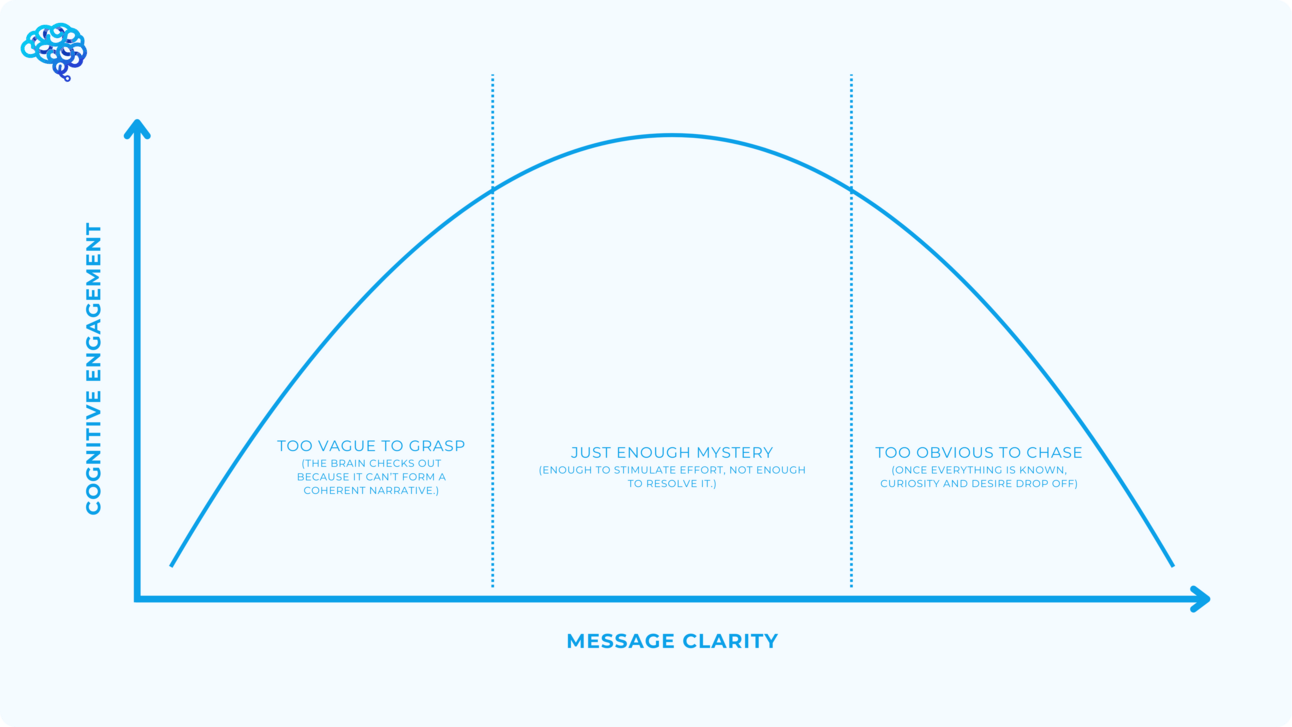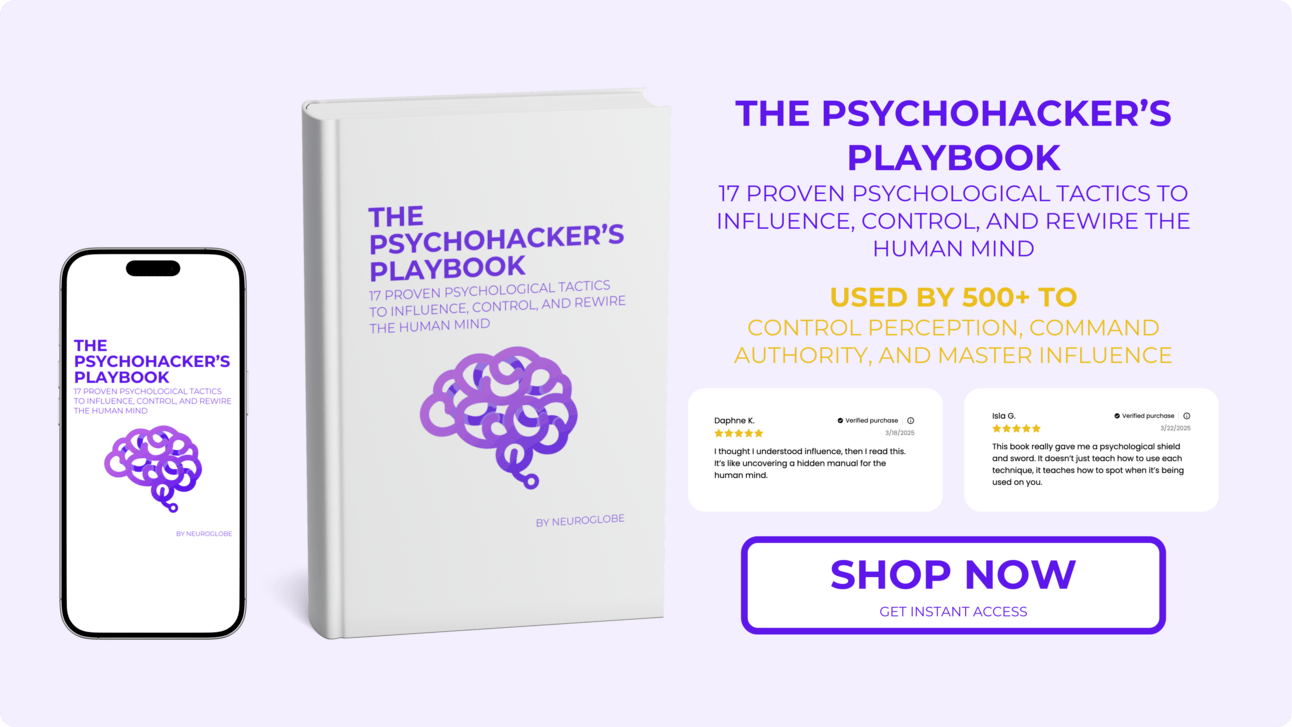- Neuroglobe Brain Health
- Posts
- The Psychology of Seduction
The Psychology of Seduction
Seduction isn’t Sexual. It’s Psychological.
Start taking insurance with ease
As a provider, your expertise changes lives – and taking insurance makes care accessible to those who need it most. Headway makes it seamless. Start accepting insurance with ease so you can focus on what you do best – providing quality care.
Join 50,000+ providers building their best practices and expanding their reach with Headway.
Simplify insurance with streamlined billing, credentialing, and compliance
Earn more with higher rates, bi-weekly payments, and expert guidance
Access free continuing education to deepen your skillset and keep up your licensure
Manage a connected practice with EHR tools for scheduling, messaging, and documentation
The best part? It’s all in one free, no-commitment platform. With Headway, taking insurance is easier than you think.
Welcome to Another Neuroglobe Original
Seduction is one of the most misunderstood concepts in all of psychology. Today, we’re unpacking what it really is: not romance, not manipulation, but the science of emotional tension, attention, and influence.
What Seduction Actually Is
Seduction is not about sex. It’s about psychological engagement, the ability to capture and hold attention through emotional tension and anticipated reward. It lives in the space between certainty and uncertainty, activating the brain’s need to resolve ambiguity.
At its core, seduction is a dopaminergic process. It leverages reward prediction error, when the brain expects one outcome and gets another. This spike in neural activity creates curiosity, desire, and fixation. The longer the gap between expectation and resolution, the stronger the emotional imprint.
The Science of Emotional Pull
Seduction hijacks your brain’s motivational systems. When you’re drawn to someone (or something), it’s not always because of what it is, it’s how it makes your brain work. The key driver? Cognitive arousal.
Studies in affective neuroscience show that uncertainty, novelty, and emotional volatility heighten attention and encode experiences more deeply. Seduction isn’t soothing, it’s stimulating. That elevated tension triggers norepinephrine, enhancing alertness, and keeps the brain locked in anticipation, chasing resolution.
The Role of Mystery & Ambiguity
Mystery works, not because it’s trendy, but because ambiguity increases cognitive effort. When someone’s intentions are unclear, the brain devotes more resources to resolve the gap. That process is both stimulating and rewarding.

Seduction peaks when the brain is working just hard enough to fill in the blanks.
This is why intermittent reinforcement is so powerful, unpredictable feedback loops are more neurologically sticky than consistent ones. The brain treats ambiguity like a puzzle. You’re not drawn to clarity. You’re drawn to the chance of solving someone.
Non-Sexual Seduction in Everyday Life
Seduction isn't just romantic, it’s psychological. Leaders, creators, storytellers, and marketers all use it. When someone makes you feel seen, but not fully known, when they trigger desire without full satisfaction, that’s seduction at work.
It’s in the rhythm of emotional pacing, the careful calibration of connection and space, the way someone invites projection but holds control. This isn’t manipulation. It’s emotional architecture, and the best are fluent in it without ever naming it.
Final Thoughts
Seduction isn’t about tactics, it’s about understanding how the mind responds to anticipation, ambiguity, and emotional pull.
If you want to go deeper into the psychology of influence, identity, and control, check out our ebook The Psychohacker’s Playbook.
Stay sharp,
The Neuroglobe Team


